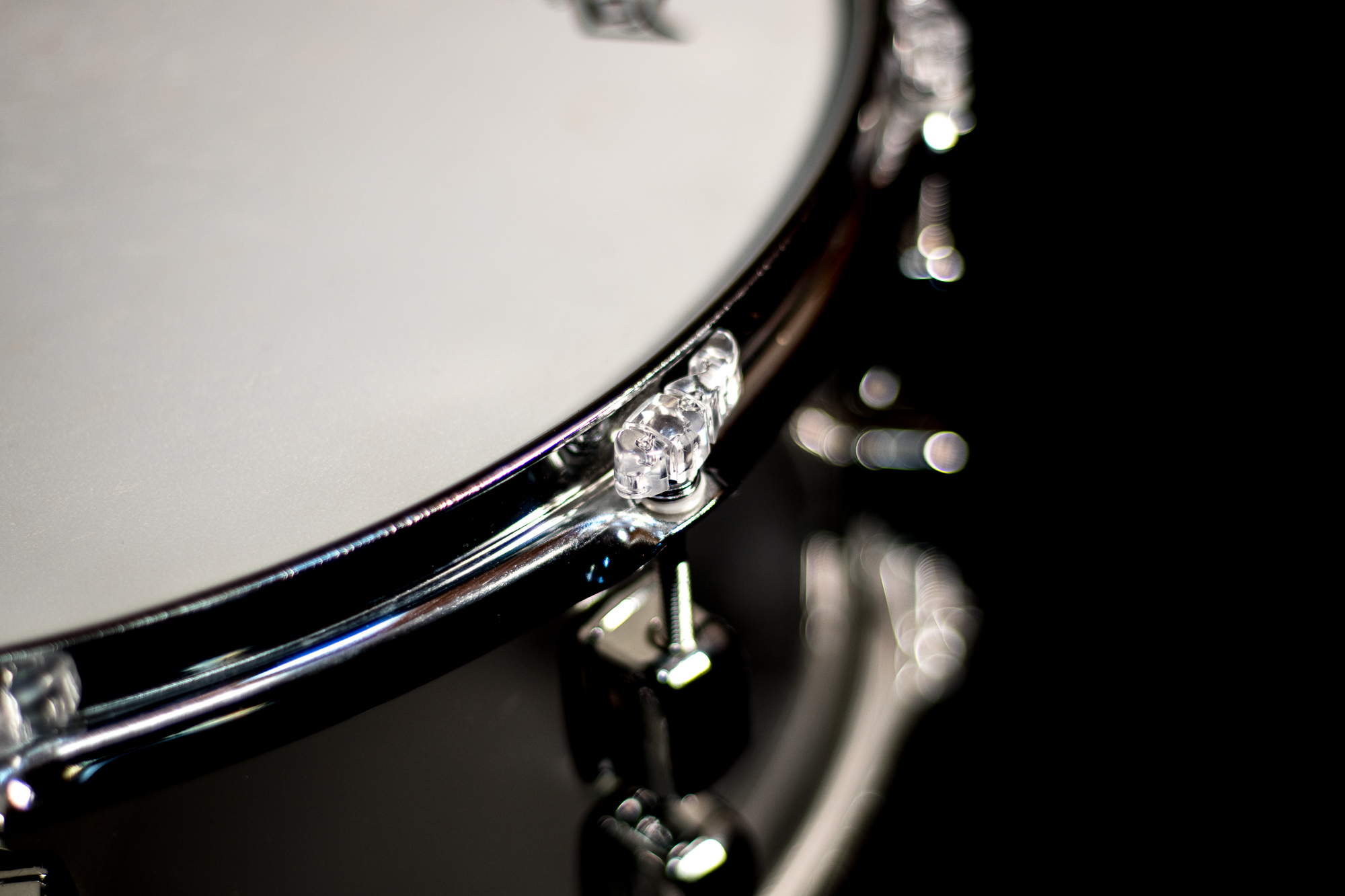Maintaining the tuning of your drums.
As a drummer, maintaining the tuning of your drums is crucial to ensure that your drum kit produces the best possible sound. Not only does it affect the tone of your drums, but it can also impact the way they feel and respond to your playing. Here are some tips for maintaining drum tuning:
1. Use quality drum heads.
Investing in high-quality drumheads is essential for maintaining drum tuning. Cheap drum heads tend to lose their tension quickly, making it difficult to maintain consistent tuning. Quality drumheads are more durable and stay in tune for a longer period. Replace your drum heads regularly, especially if you notice any signs of wear and tear.
2. Tune your drums regularly.
Tuning your drums regularly is key to maintaining their sound. A good rule of thumb is to tune your drums every time you set them up, and again before every performance. Use a drum tuner to ensure that your drums are in tune and make small adjustments as necessary. Where possible, use Tuner Fish Lug Locks to maintain tuning and drum tension for extended periods of time.
3. Know your drum kit.
Every drum kit is unique, and understanding the characteristics of your drums is crucial for maintaining their tuning. Take the time to get to know your drum kit and how each drum responds to tuning adjustments. This will help you make more accurate adjustments when necessary.
4. Use the proper tuning technique.
There are several tuning techniques that you can use to maintain the tuning of your drums. The most common technique is the “bottom headfirst” method, where you tune the bottom head of the drum first before moving on to the top head. This helps to ensure that both heads are evenly tensioned.
5. Store your drums properly.
Proper storage of your drums is also important for maintaining their tuning. Keep your drum kit in a cool, dry place, and avoid exposing it to extreme temperatures or humidity. This will help prevent warping or damage to the drum shells, which can impact the tuning.


